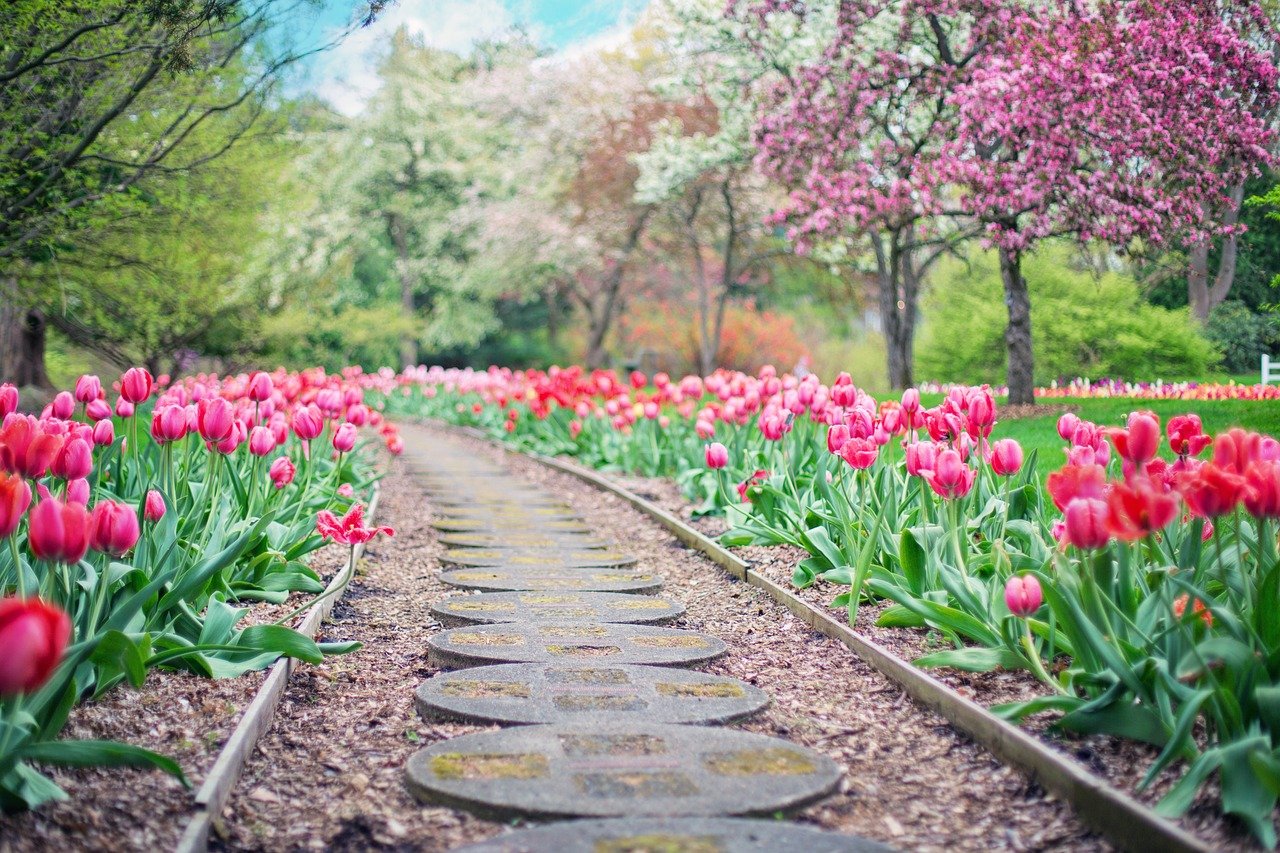
Container gardening is a versatile and practical approach to gardening that allows you to cultivate plants in pots, planters, or containers instead of directly in the ground. It is a perfect solution for those with limited space or for anyone who wants to add a touch of greenery to their patio, balcony, or indoor space. In this article, we will explore the concept of container gardening, its benefits, and provide practical tips to help you create your own vibrant and thriving container garden. Whether you’re a seasoned gardener or a beginner, this comprehensive guide will equip you with the knowledge and inspiration to embark on your container gardening journey. So grab your favorite cup of tea, sit back, and let’s dive into the world of container gardening together.
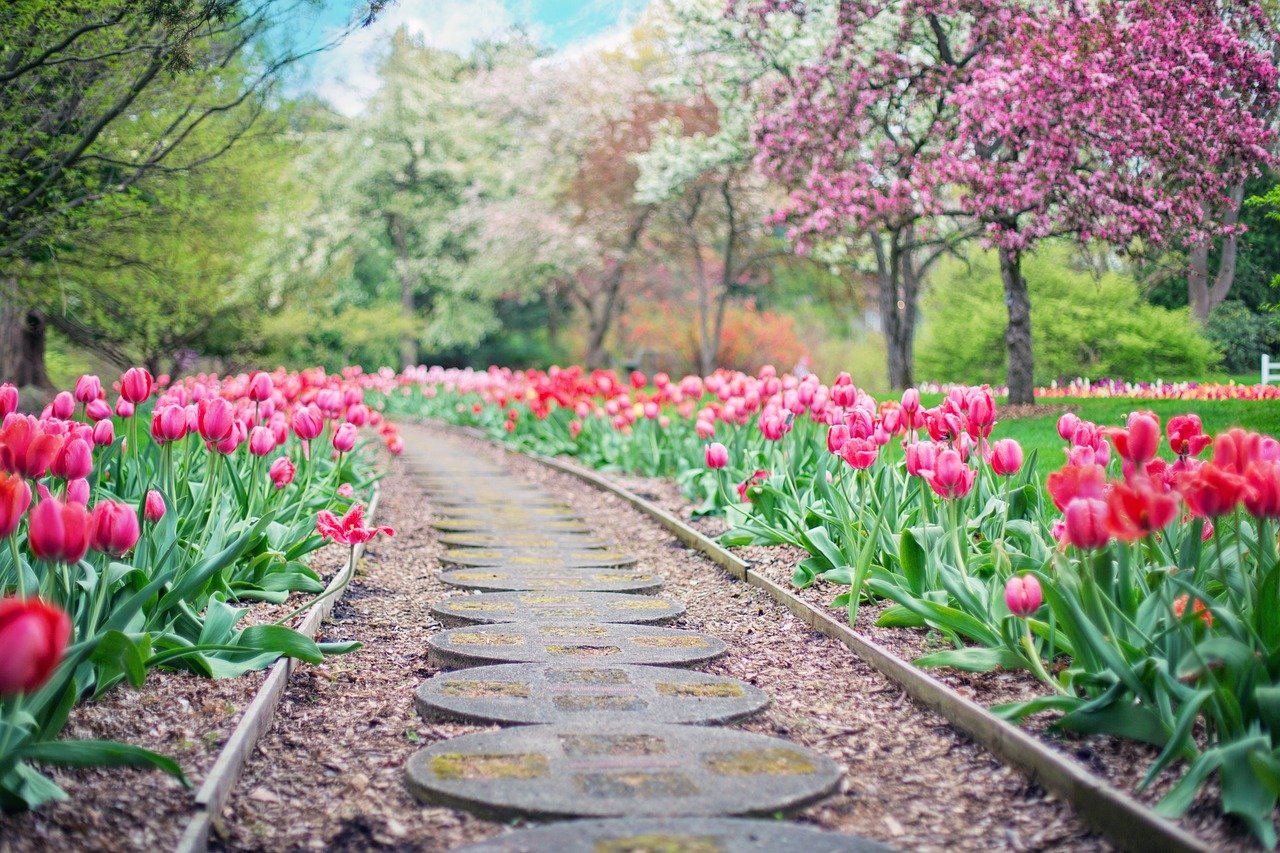
Container Gardening: A Comprehensive Definition
Container gardening refers to the practice of growing plants in containers, such as pots, buckets, or hanging baskets, instead of planting them directly in the ground. It is a form of gardening that offers numerous benefits and provides a flexible solution for those with limited space or accessibility. Whether you have a spacious backyard or a small balcony, container gardening allows you to cultivate a variety of plants and create a beautiful and productive garden in a confined area.
Advantages of Container Gardening
Flexible Gardening Solution
One of the primary advantages of container gardening is its flexibility. Unlike traditional gardens, containers can be moved and rearranged at will, allowing you to experiment with different layouts and designs. Whether you want to create a focal point on your patio or add a touch of greenery to your windowsill, container gardening provides the freedom to customize your garden according to your preferences.
Space Efficiency
Container gardening is an excellent option for those with limited space. If you live in an urban setting or have a small yard, container gardening allows you to maximize your available space. You can utilize vertical space by hanging containers or stacking them to create a vertical garden. Additionally, containers can be placed strategically to make use of sunny spots and optimize the growing conditions for your plants.
Mobility and Versatility
Containers offer the advantage of mobility, allowing you to easily move your plants around based on their sunlight requirements or to protect them from extreme weather conditions. This versatility also extends to the types of plants you can grow. From flowers and herbs to vegetables and even small fruit trees, the options are endless. Depending on your preferences and gardening goals, you can experiment with different combinations of plants and create a diverse and vibrant container garden.
Accessibility for All
Container gardening provides accessibility for individuals who may have physical limitations or mobility challenges. By raising the height of the containers, it minimizes the need for bending or kneeling, making it more accessible for people with disabilities or older adults. Container gardening can be an inclusive activity that brings people of all ages and abilities together to enjoy the benefits of gardening.
Ideal for Renters and Urban Dwellers
For individuals who live in rental properties or urban areas with limited outdoor space, container gardening offers a great solution. You don’t need to own land to enjoy the pleasures of gardening. With containers, you can create a vibrant garden on a balcony, rooftop, or even indoors near a sunny window. Container gardening allows you to bring nature into your living space and create a calming and soothing environment, regardless of your living situation.
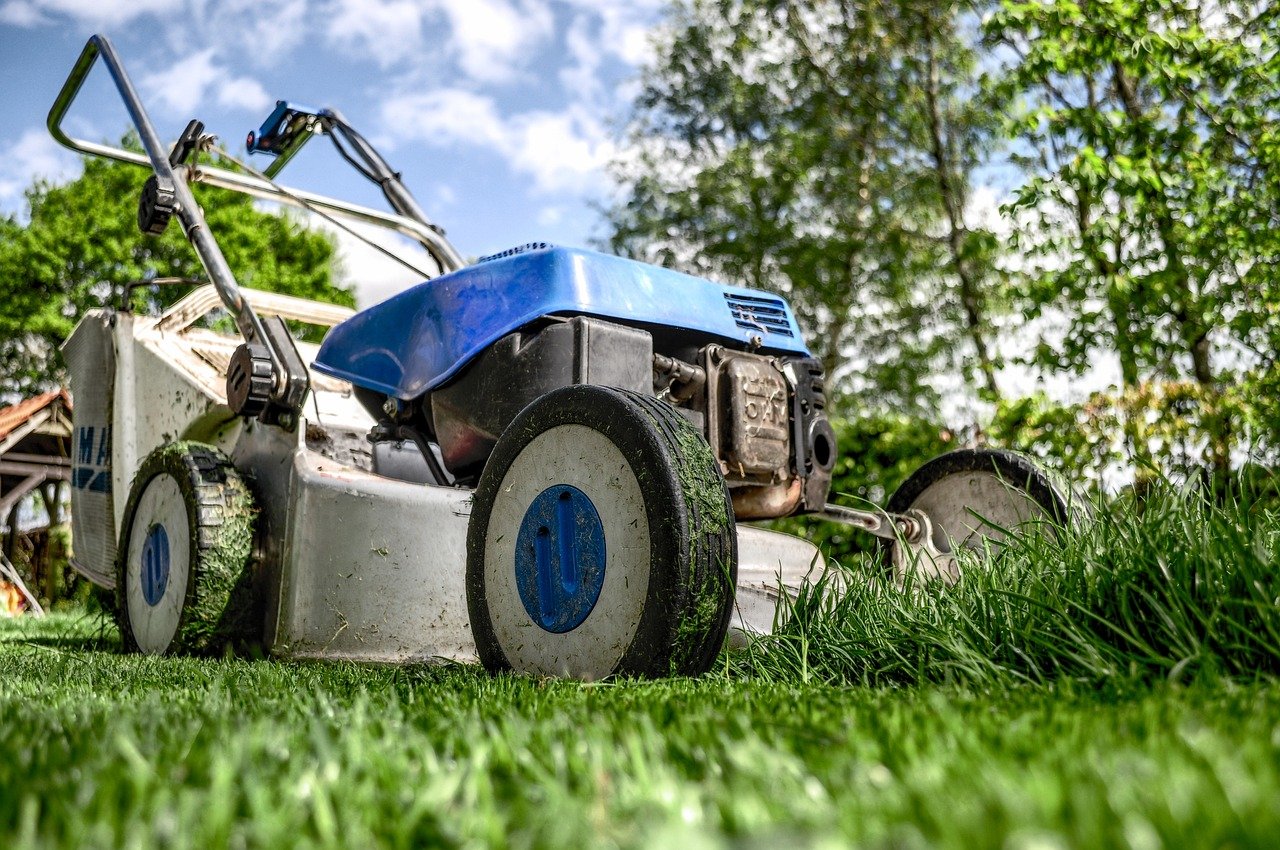
Suitable Containers
Choosing the Right Container
When it comes to selecting containers for your garden, there are a few factors to consider. The container should be appropriate for the size of the plant you intend to grow, with ample space for the roots to expand. Additionally, it should have drainage holes to prevent waterlogging and promote healthy root growth.
Types of Containers
There are various types of containers available for container gardening, each with its own advantages and limitations.
-
Pottery and Ceramic: These containers are aesthetically pleasing and add a touch of elegance to your garden. However, they can be heavy and prone to cracking in freezing temperatures.
-
Plastic: Plastic containers are lightweight, affordable, and durable. They are available in a wide range of sizes and styles, making them a popular choice for container gardening.
-
Metal: Metal containers, such as galvanized steel or copper pots, provide a modern and stylish look to your garden. They are durable and resistant to weather conditions, but they can heat up quickly in the sun, affecting the root temperature.
-
Wood: Wooden containers, like cedar or redwood, add a natural and rustic charm to your garden. However, they require regular maintenance and may deteriorate over time when exposed to moisture.
Materials for Containers
Container materials play a crucial role in maintaining optimal growing conditions for your plants. Some materials retain moisture better, while others allow for better airflow. Here are a few common materials used for containers:
-
Terra Cotta: These clay pots are breathable and excellent for plants that prefer drier soil conditions. However, they can dry out quickly in hot climates.
-
Plastic: Plastic containers are lightweight, affordable, and provide good moisture retention. They are available in various sizes and shapes, making them suitable for a wide range of plants.
-
Fabric Containers: Fabric pots are lightweight, portable, and allow for better airflow to the roots. They also prevent overwatering and root rot, making them an excellent choice for moisture-sensitive plants.
-
Self-Watering Containers: These containers have a built-in reservoir that provides a consistent water supply to the plants. They are ideal for busy individuals or those who tend to forget to water their plants regularly.
Size and Depth Considerations
The size and depth of the container are important factors to consider for the healthy growth of your plants. Generally, larger containers provide more room for root development and moisture retention. As a rule of thumb, the container should be at least 12 inches deep for most plants, with larger plants requiring deeper containers. However, shallow-rooted plants, such as lettuce or herbs, can thrive in shallower containers. Always check the specific requirements of the plants you intend to grow to ensure they have adequate space to flourish.
Choosing the Right Soil
Importance of Good Soil
Good soil is the foundation for healthy plant growth, and choosing the right soil for your container garden is essential. Container plants rely on the soil within the container to provide them with nutrients, water, and oxygen. The soil acts as a reservoir for essential elements and plays a significant role in the overall health and productivity of your plants.
Components of Container Soil
Container soil should be a well-balanced mixture that provides optimal drainage, moisture retention, and nutrient availability. A basic container soil mix usually consists of three main components:
-
Peat Moss or Coconut Coir: These organic materials retain moisture and help with water distribution within the container. They also improve the moisture-holding capacity of the soil.
-
Perlite or Vermiculite: These materials help improve drainage and airflow within the soil mix, preventing waterlogging and root rot.
-
Compost or Organic Matter: Adding compost or organic matter enriches the soil with nutrients, promoting healthy plant growth. It also improves the overall structure and texture of the soil.
Soil Mixes for Different Plants
Different plants have varying soil requirements, and it is essential to choose the right soil mix based on the type of plants you are growing. For example, succulents and cacti prefer well-draining soil with minimal moisture retention, while leafy greens and herbs thrive in soil mixes that hold moisture for longer periods. Research the specific needs of your chosen plants and adjust the soil mix accordingly to provide an optimal growing environment.
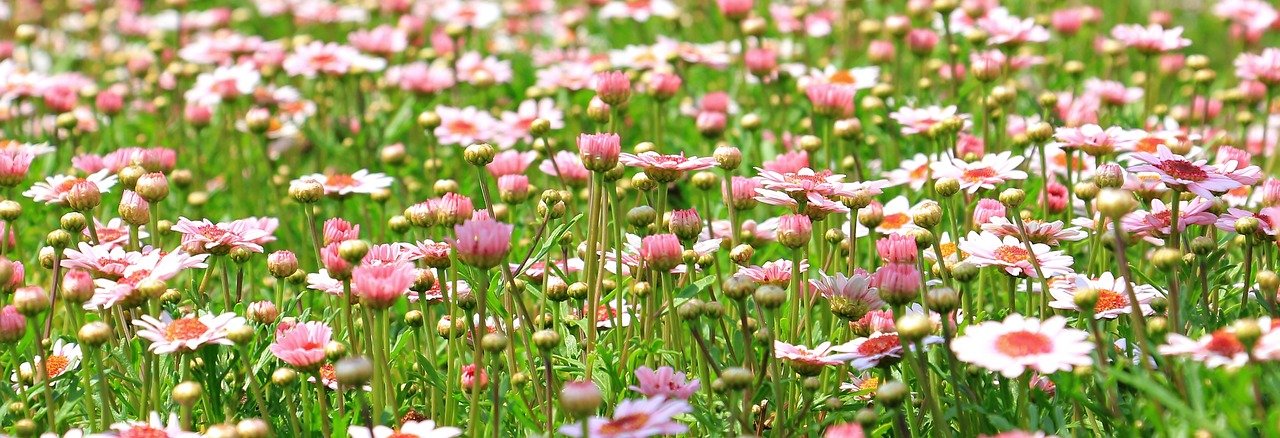
Selecting Plants for Containers
Plant Selection Guidelines
When selecting plants for your container garden, there are a few factors to consider to ensure their success:
-
Size and Growth Habits: Consider the mature size and growth habits of the plants to ensure they fit comfortably within the chosen containers. Avoid overcrowding and choose plants that will not outgrow the space available.
-
Lighting Requirements: Determine the amount of sunlight your containers receive throughout the day and select plants that are suitable for those light conditions. Some plants thrive in full sun, while others prefer partial shade.
-
Climate Compatibility: Consider the climate in your region and choose plants that are well-suited for your specific conditions. Some plants are more tolerant of heat, cold, or humidity, so selecting plants that can thrive in your local climate will increase the likelihood of success.
Suitable Plants for Containers
A wide range of plants can thrive in containers, including flowers, vegetables, herbs, and even small fruit trees. Here are a few popular plant choices for container gardening:
-
Flowers: Petunias, geraniums, marigolds, and pansies are all suitable options for adding color and beauty to your container garden.
-
Vegetables: Tomatoes, peppers, lettuce, and herbs like basil and parsley can easily be grown in containers and provide a fresh and homegrown food source.
-
Herbs: Mint, rosemary, thyme, and chives are just a few examples of herbs that do well in containers. They are easy to grow and can be conveniently located near the kitchen for easy access.
Considerations for Different Plant Types
Different plant types have specific care requirements, and it’s important to cater to their needs to ensure healthy growth. Some plants may require regular pruning, while others may need assistance in climbing or trellising. Research the specific requirements of the plants you are growing and provide appropriate support or care as needed. By understanding the particular needs of each plant, you can create an environment in which they can thrive and flourish.
Watering and Drainage
Understanding Watering Needs
Proper watering is essential for the health and vitality of your container plants. Depending on the type of plant, its size, and environmental conditions, watering requirements may vary. Overwatering or underwatering can lead to root rot or dehydration, respectively. It is important to strike a balance and water your container plants appropriately.
Proper Drainage
Good drainage is crucial for container gardening. Containers should have drainage holes at the bottom to allow excess water to escape. This prevents water from stagnating and prevents the roots from sitting in water for extended periods, which can lead to rot. Ensure that the container is positioned on a saucer or tray to catch the drained water and prevent water damage to surfaces.
Watering Techniques
When watering container plants, it is important to thoroughly saturate the soil to ensure all the roots receive moisture. Water until you see water flowing freely out of the drainage holes, indicating that the soil has absorbed enough water. If the soil feels dry when you touch it a few inches below the surface, it is time to water again. Be mindful of the plants’ water requirements and adjust accordingly during hot, dry weather or when they are in active growth.
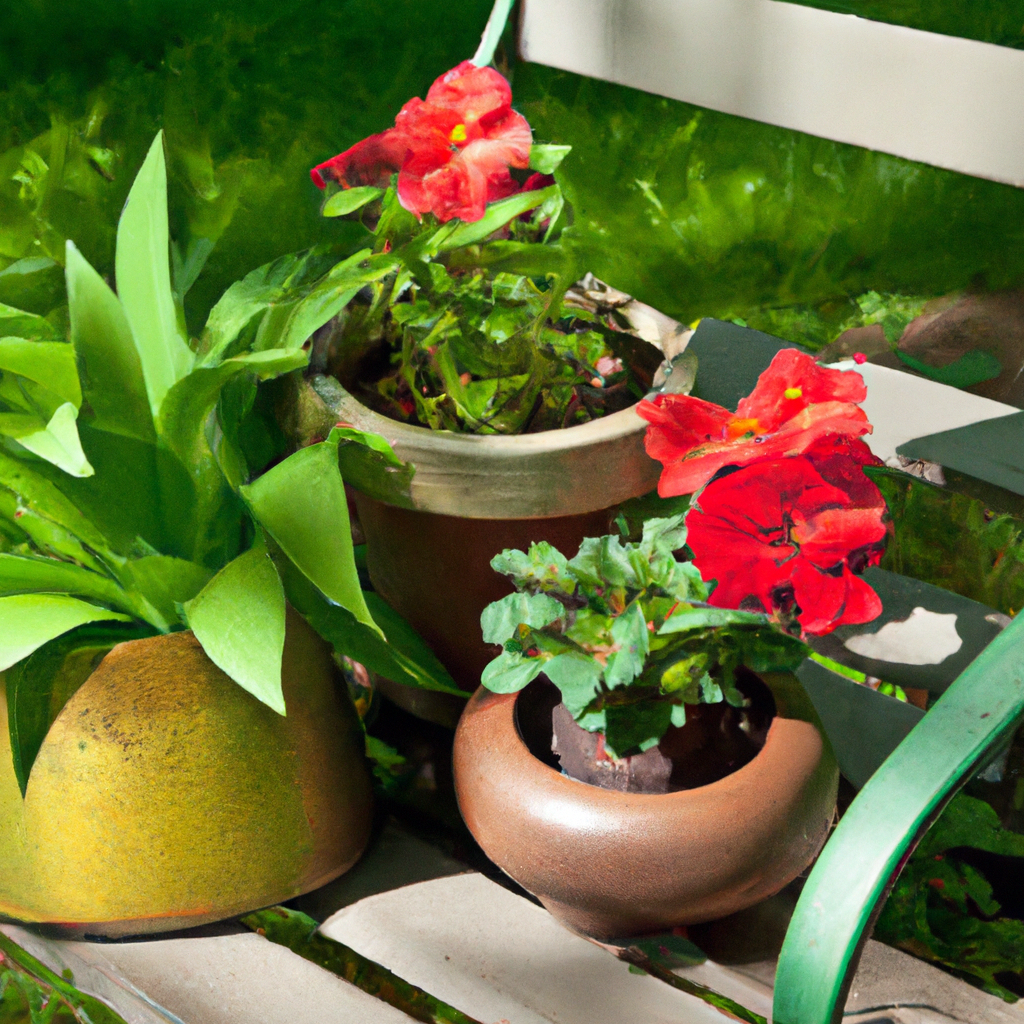
Sunlight Requirements
Knowing Sunlight Needs
Understanding the sunlight needs of your plants is crucial for their survival and growth. Different plants have varying light requirements, and it is important to provide them with the appropriate amount of sunlight to ensure their well-being.
Determining Light Levels
To assess the light levels in your garden or chosen location, observe the area at different times of the day. Full sun is considered a minimum of six hours of direct sunlight per day, while partial shade is characterized by dappled sunlight or a few hours of direct sunlight. Full shade refers to areas that receive no direct sunlight but may still receive indirect or ambient light. Based on the light levels in your specific location, choose plants that are suitable for those conditions.
Shade-tolerant and Sun-loving Plants
Some plants thrive in shade or partial shade, while others require full sun to produce optimal growth and flowering. Shade-tolerant plants, such as ferns, hostas, and impatiens, can thrive in areas with limited direct sunlight. On the other hand, sun-loving plants like sunflowers, tomatoes, and roses require ample sunlight to thrive. Understanding the sunlight requirements of your chosen plants will allow you to create an environment that promotes healthy growth and ensures their longevity.
Fertilizing Container Plants
Importance of Fertilization
Container plants rely on regular fertilization to replenish nutrients that are quickly depleted from the confined space of the container. Unlike plants in the ground, container plants have limited access to nutrients in the surrounding soil. Fertilizing your container plants provides them with the essential elements necessary for healthy growth and abundant blooms.
Types of Fertilizers
There are various types of fertilizers available, and choosing the right one depends on the specific needs of your plants. Organic fertilizers, such as compost or manure, provide slow-release nutrients and improve the overall soil structure. Synthetic fertilizers, on the other hand, provide nutrients in a readily available form and are quickly absorbed by the plants. Select a fertilizer that is suitable for the type of plants you are growing and follow the recommended application rates.
Frequency and Application Methods
Container plants should be fertilized regularly throughout the growing season to ensure their nutritional needs are met. The frequency of fertilization depends on the specific fertilizer and plant requirements. Follow the instructions on the fertilizer packaging for the recommended frequency of application. Generally, it is advisable to fertilize container plants every two to four weeks during the active growing season. Apply the fertilizer evenly around the plant’s root zone, taking care not to exceed the recommended dosage to avoid fertilizer burn.
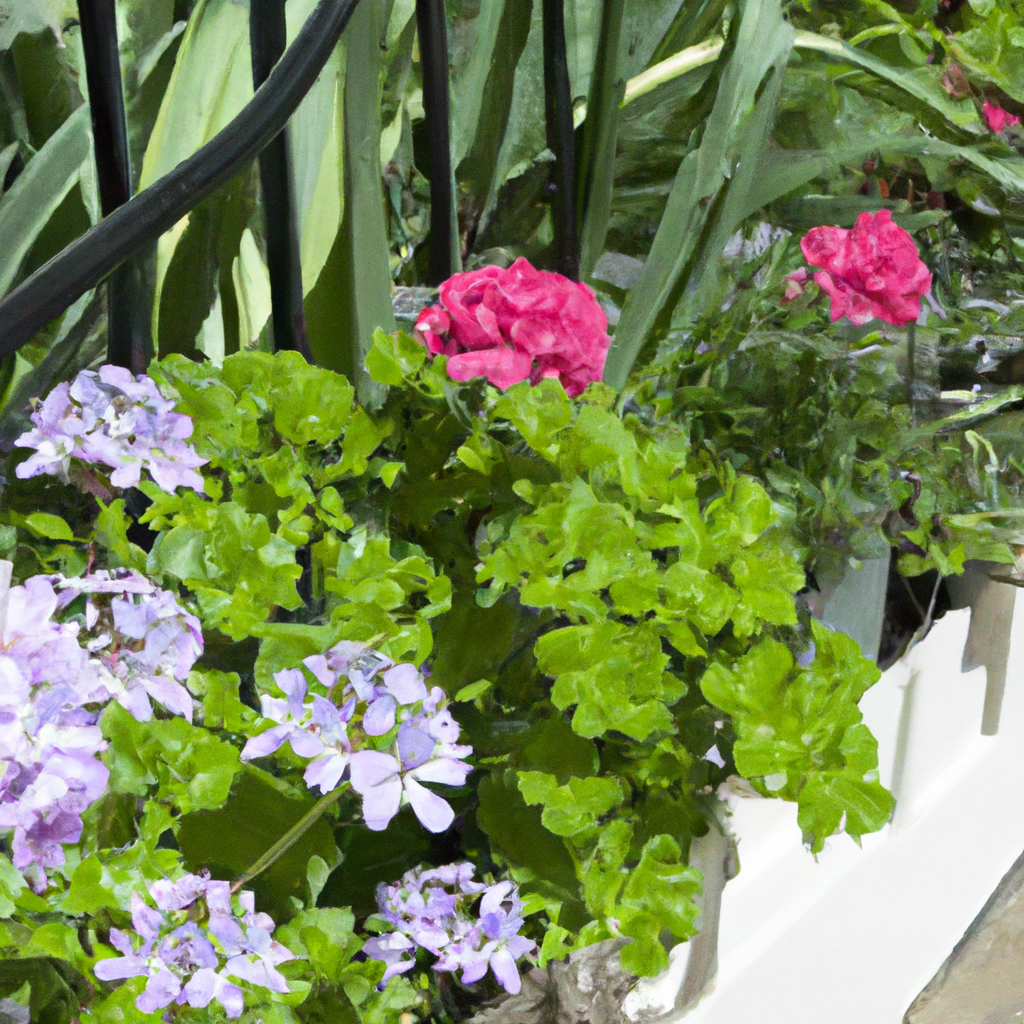
Maintenance and Care
Regular Maintenance Tasks
Like any garden, container gardens require regular maintenance tasks to ensure their health and longevity. Here are some essential maintenance tasks to keep in mind:
-
Monitoring Watering Needs: Regularly check the moisture levels in the containers and water as needed. Adjust the watering schedule and amount based on seasonal changes and the specific requirements of your plants.
-
Deadheading and Pruning: Remove spent flowers and prune back leggy or overgrown plants regularly to encourage new growth and maintain a neat and tidy appearance.
-
Weed Control: Keep an eye out for weeds and remove them promptly to prevent competition for nutrients and reduce the risk of pests and diseases.
Pruning and Deadheading
Pruning and deadheading are important aspects of container gardening maintenance. Pruning involves removing overgrown or dead branches to maintain the plant’s shape and promote new growth. Deadheading, on the other hand, involves removing spent flowers to encourage the production of more blooms. Both techniques help keep your container garden looking neat and vibrant.
Rejuvenating Container Gardens
Over time, container gardens may become overcrowded, and plants may start to decline in health. Rejuvenating your container garden involves replacing tired or unhealthy plants with new ones, refreshing the soil, or simply rearranging the containers to create a new and appealing display. By periodically rejuvenating your container garden, you can keep it looking fresh and thriving.
Overwintering Container Plants
When winter arrives, it is important to take proper care of your container plants to ensure their survival. Some plants may need to be brought indoors to protect them from freezing temperatures, while others can be wrapped or insulated to provide some winter protection. Research the specific requirements of the plants in your container garden and take appropriate steps to protect them during the winter months.
In conclusion, container gardening provides a versatile and accessible way to cultivate plants regardless of your available space or gardening expertise. With the right containers, soil, and plant selection, you can create a beautiful and productive garden in even the smallest of spaces. By following the tips and guidelines provided in this comprehensive article, you can embark on your container gardening journey and enjoy the countless benefits it has to offer. Happy gardening!





